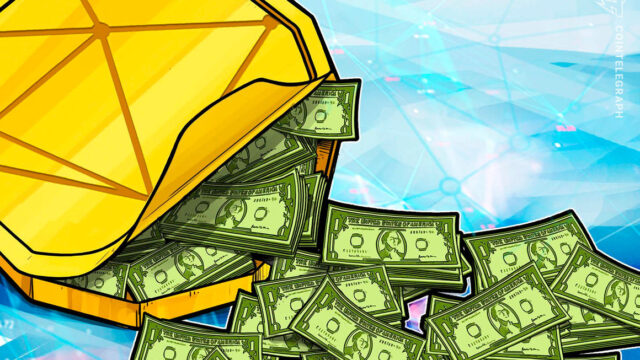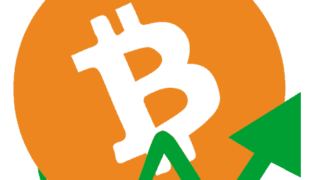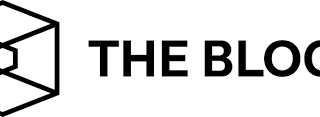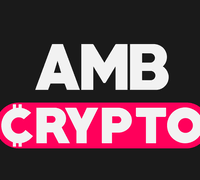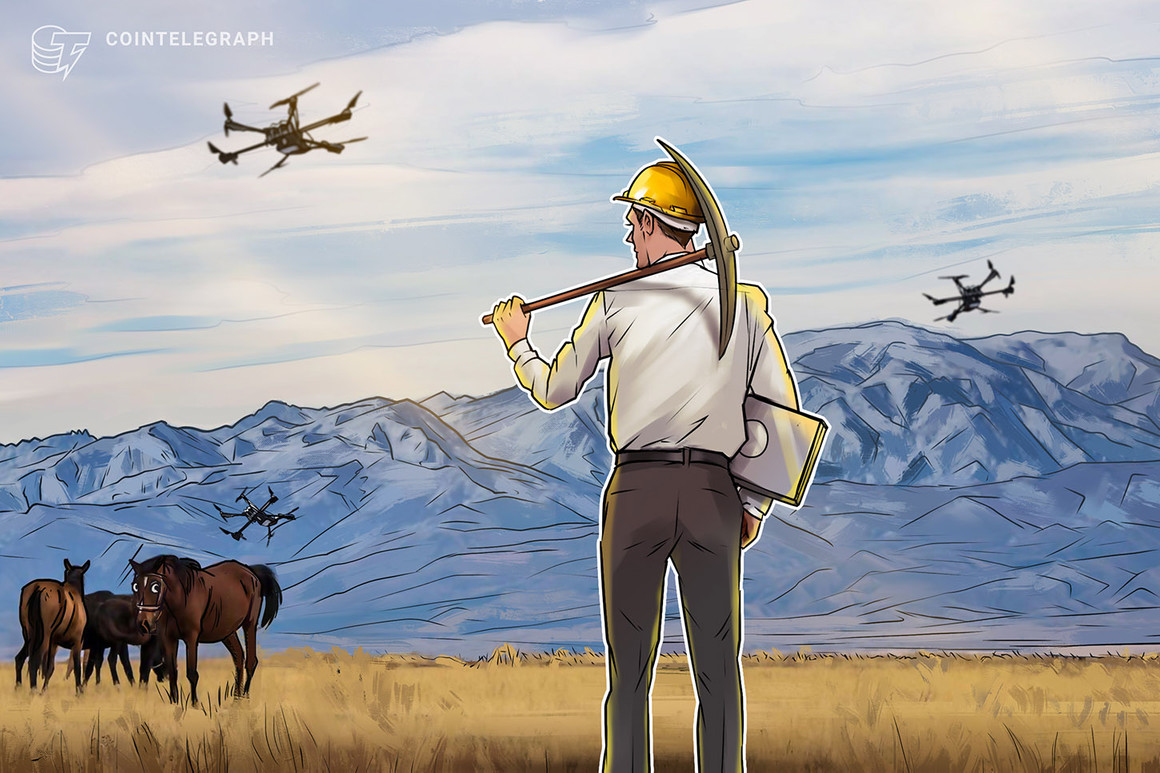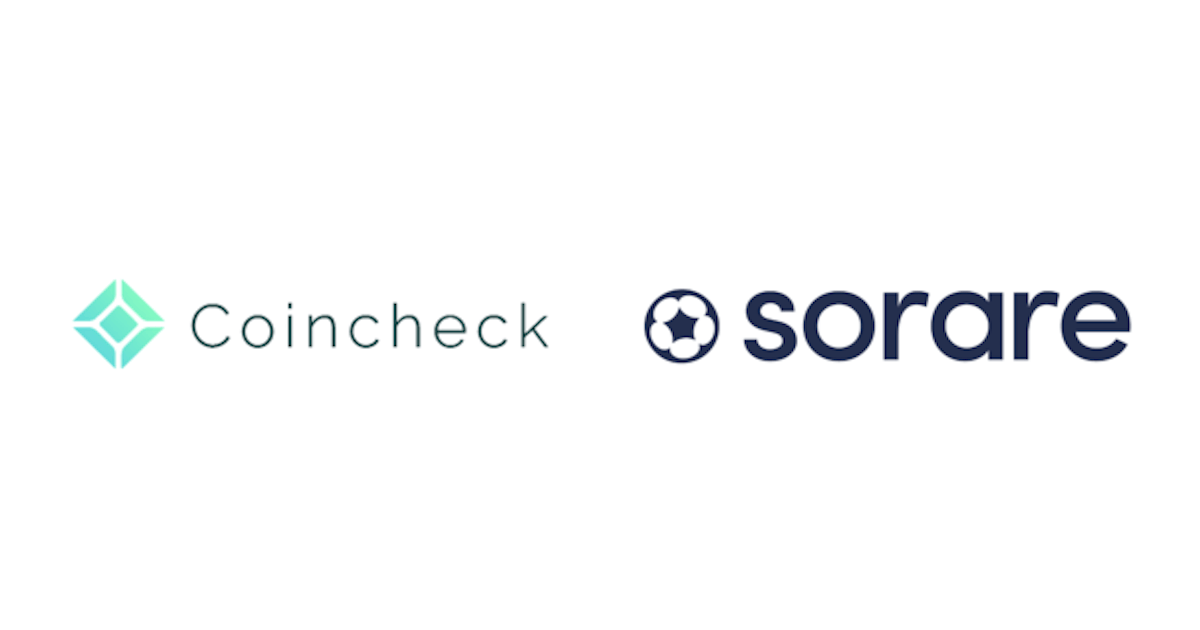Key takeaways:
-
Market orders can be used when traders need to immediately fulfill an order, especially when filling an order becomes more important than buying/selling at a specific price. However, market orders often result in higher fees and may, in some cases, lead to slippage.
-
Traders use limit orders if they wish to buy/sell at a specific price. A cluster of large limit orders (buy/sell) can help traders pinpoint potential support and resistance levels and determine the next market trend.
-
Stop orders have two prices, a stop price and a limit/market price. The stop price converts an order to a buy or sell order, while the limit/market price sets the minimum, or maximum a trader is willing to buy or sell at, respectively.
Whether you’re just starting to make crypto futures trades or you’ve been a trading veteran for years, you ought to understand some of the key components available for you to implement. To execute trades efficiently and minimize losses, there are some important tools at every trader’s disposal.

Crypto futures traders on Binance can utilize tools such as market orders, limit orders, and stop orders, among others. Understanding these three will help anyone grasp the different crypto futures order types.
What are market orders?
The first type of order anyone should learn about when futures trading is a market order. Market orders are a form of order that should be reserved for pertinent situations. They allow traders to purchase or sell instantly and at the best available price. These orders require liquidity to be filled, and are executed based on the limit orders placed ahead of time.
Because market orders are executed immediately, the trader is subjected to taker fees. On Binance, traders have the option to place market orders at market price in addition to limit and stop-limit orders. Market-buy orders will match to the least expensive limit-sell order on the available order book, so long as an order can be filled. If a buy order is placed for an amount that exceeds the cheapest limit-sell order, the remaining buy order will be filled at the next available limit-sell order found to facilitate the trade. This effect is known as slippage.
When to use market orders?
Market orders can be used to traders’ advantage when filling an order becomes more important than buying/selling at a specific price. For example, when traders need to fulfill an order immediately, slippage is ignored and can help traders accomplish what they need. Another possibility that calls for a market order is if a stop-limit order is not fulfilled, and a trader needs to compensate by buying or selling immediately.
These orders should primarily be used in stringent circumstances when the downside of higher fees, slippage, and in other words, avoidable losses on a trade are less important than acting on the order itself.
Concerns with market orders
As alluded to above, placing market orders has some issues, and therefore should be avoided when first starting out in trading. Taker fees will be implemented on any market orders resulting in higher fees and the trader paying much more than necessary.
Also, when trading at high volumes, the limit-sell orders that a market order can take place at may not be fulfilled at a very low market price, and thus the slippage to a much higher price can cause the trader to lose out on a potentially significant portion of their funds.
What are limit orders?
Limit orders are order types that traders should use to specify what price they would like an order to be placed. The trade will only occur if the market price comes to the limit price, or potentially better, allowing purchases to happen below the current market price and sales to happen beyond the market price.
Since a market price may never reach a set price of a limit order, these trades are not executed immediately and may never be executed (if somehow placed at an unrealistic price). Furthermore, limit order fees are not going to pain traders in the same way a market order will, and they are incurred as maker fees.
When to use limit orders?
Limit orders can be helpful in a handful of situations, including when speculating that the market will rise or fall sometime in the future. A cluster of large limit orders (buy/sell) can help traders pinpoint potential support and resistance levels and determine the next market trend.
Looking at where these resistance lines are can benefit futures traders as they may help determine when and where to place a short or long order. Binance also offers traders the ability to place limit orders at specified percentages of their balance.
Concerns with limit orders
A lack of volume can be a problem for limit orders and can cause them not to be executed. This happens when a limit order is placed onto the books long after several other limit orders are placed. Limit orders happen in chronological order, and so it is a first-come, first-serve basis. If enough limit orders have been fulfilled at a certain price, there still may be other limit orders on the books that didn’t get executed before the market price changed.
Also, if a limit order price is never met and thereby not executed, your order will never occur but will remain open, potentially harming the trading strategy you planned on implementing. Instead of potentially missing out on a window of opportunity with limit orders, there is a third option available to traders that allows them to set bounds on trades.
What are stop orders?
Stop orders are orders that are triggered when a market moves past a specific price point. Stop orders are further categorized into stop-limit and stop-market orders. These orders have two prices, a stop price and a limit/market price. The stop price converts an order to a buy or sell order, while the limit/market price sets the minimum, or maximum a trader is willing to buy or sell at, respectively.
These stop orders are activated when the stop price is either met or surpassed, at which point the order is placed onto the books with the limit/market price coming into play. For example, if a trader protected their account by placing a stop-limit order to sell their 1 ETH at $1600, they could set the stop price somewhere around $1650. If and when the price of 1 ETH fell to $1650, the limit order would appear on the books, and should the price meet $1600, the order would be sold.
When to use stop orders?
Perhaps the most opportune time to use a stop order is to protect against major losses on a trade. In the crypto trading market, volatility is extremely high. Therefore, when unexpected market changes, swings, capitulations, and so on occur, it is crucial that futures traders have prepared for such a scenario. The best way to do so, and without revealing one’s hand, is through stop orders.
These orders can not only protect traders from furthering losses during moments of capitulation, but they can also assist traders in tracking crypto price ranges. Setting up stop orders can help decide when an exit strategy will be executed and take the stress out of traders’ emotions. If they set a stop order at a price they determine to be costly enough, they know they won’t lose any more funds beyond that limit.
Whichever trading method you choose, make sure to understand the velocity of each type of trade. Each should be used for its own logical purpose.
Read the following support items for more information:
-
And many more Binance Futures FAQ topics…
Key takeaways:
-
Market orders can be used when traders need to immediately fulfill an order, especially when filling an order becomes more important than buying/selling at a specific price. However, market orders often result in higher fees and may, in some cases, lead to slippage.
-
Traders use limit orders if they wish to buy/sell at a specific price. A cluster of large limit orders (buy/sell) can help traders pinpoint potential support and resistance levels and determine the next market trend.
-
Stop orders have two prices, a stop price and a limit/market price. The stop price converts an order to a buy or sell order, while the limit/market price sets the minimum, or maximum a trader is willing to buy or sell at, respectively.
Whether you’re just starting to make crypto futures trades or you’ve been a trading veteran for years, you ought to understand some of the key components available for you to implement. To execute trades efficiently and minimize losses, there are some important tools at every trader’s disposal.

Crypto futures traders on Binance can utilize tools such as market orders, limit orders, and stop orders, among others. Understanding these three will help anyone grasp the different crypto futures order types.
What are market orders?
The first type of order anyone should learn about when futures trading is a market order. Market orders are a form of order that should be reserved for pertinent situations. They allow traders to purchase or sell instantly and at the best available price. These orders require liquidity to be filled, and are executed based on the limit orders placed ahead of time.
Because market orders are executed immediately, the trader is subjected to taker fees. On Binance, traders have the option to place market orders at market price in addition to limit and stop-limit orders. Market-buy orders will match to the least expensive limit-sell order on the available order book, so long as an order can be filled. If a buy order is placed for an amount that exceeds the cheapest limit-sell order, the remaining buy order will be filled at the next available limit-sell order found to facilitate the trade. This effect is known as slippage.
When to use market orders?
Market orders can be used to traders’ advantage when filling an order becomes more important than buying/selling at a specific price. For example, when traders need to fulfill an order immediately, slippage is ignored and can help traders accomplish what they need. Another possibility that calls for a market order is if a stop-limit order is not fulfilled, and a trader needs to compensate by buying or selling immediately.
These orders should primarily be used in stringent circumstances when the downside of higher fees, slippage, and in other words, avoidable losses on a trade are less important than acting on the order itself.
Concerns with market orders
As alluded to above, placing market orders has some issues, and therefore should be avoided when first starting out in trading. Taker fees will be implemented on any market orders resulting in higher fees and the trader paying much more than necessary.
Also, when trading at high volumes, the limit-sell orders that a market order can take place at may not be fulfilled at a very low market price, and thus the slippage to a much higher price can cause the trader to lose out on a potentially significant portion of their funds.
What are limit orders?
Limit orders are order types that traders should use to specify what price they would like an order to be placed. The trade will only occur if the market price comes to the limit price, or potentially better, allowing purchases to happen below the current market price and sales to happen beyond the market price.
Since a market price may never reach a set price of a limit order, these trades are not executed immediately and may never be executed (if somehow placed at an unrealistic price). Furthermore, limit order fees are not going to pain traders in the same way a market order will, and they are incurred as maker fees.
When to use limit orders?
Limit orders can be helpful in a handful of situations, including when speculating that the market will rise or fall sometime in the future. A cluster of large limit orders (buy/sell) can help traders pinpoint potential support and resistance levels and determine the next market trend.
Looking at where these resistance lines are can benefit futures traders as they may help determine when and where to place a short or long order. Binance also offers traders the ability to place limit orders at specified percentages of their balance.
Concerns with limit orders
A lack of volume can be a problem for limit orders and can cause them not to be executed. This happens when a limit order is placed onto the books long after several other limit orders are placed. Limit orders happen in chronological order, and so it is a first-come, first-serve basis. If enough limit orders have been fulfilled at a certain price, there still may be other limit orders on the books that didn’t get executed before the market price changed.
Also, if a limit order price is never met and thereby not executed, your order will never occur but will remain open, potentially harming the trading strategy you planned on implementing. Instead of potentially missing out on a window of opportunity with limit orders, there is a third option available to traders that allows them to set bounds on trades.
What are stop orders?
Stop orders are orders that are triggered when a market moves past a specific price point. Stop orders are further categorized into stop-limit and stop-market orders. These orders have two prices, a stop price and a limit/market price. The stop price converts an order to a buy or sell order, while the limit/market price sets the minimum, or maximum a trader is willing to buy or sell at, respectively.
These stop orders are activated when the stop price is either met or surpassed, at which point the order is placed onto the books with the limit/market price coming into play. For example, if a trader protected their account by placing a stop-limit order to sell their 1 ETH at $1600, they could set the stop price somewhere around $1650. If and when the price of 1 ETH fell to $1650, the limit order would appear on the books, and should the price meet $1600, the order would be sold.
When to use stop orders?
Perhaps the most opportune time to use a stop order is to protect against major losses on a trade. In the crypto trading market, volatility is extremely high. Therefore, when unexpected market changes, swings, capitulations, and so on occur, it is crucial that futures traders have prepared for such a scenario. The best way to do so, and without revealing one’s hand, is through stop orders.
These orders can not only protect traders from furthering losses during moments of capitulation, but they can also assist traders in tracking crypto price ranges. Setting up stop orders can help decide when an exit strategy will be executed and take the stress out of traders’ emotions. If they set a stop order at a price they determine to be costly enough, they know they won’t lose any more funds beyond that limit.
Whichever trading method you choose, make sure to understand the velocity of each type of trade. Each should be used for its own logical purpose.
Read the following support items for more information:
-
And many more Binance Futures FAQ topics…
.
元ソース 詳細はこちら
Making Sense of Crypto Futures Order Types – What are they and when to use them?
バイナンス公式
バイナンス登録


